Detroit, Michigan, is historically known for its significant industrial heritage and contributions to the automotive industry. It has played a crucial role in the development of manufacturing and industrial processes in the United States. Here’s a brief industrial description of Detroit:
- Automotive Industry: Detroit is famously referred to as the “Motor City” due to its central role in the American automotive industry. It is home to the “Big Three” automakers: General Motors, Ford, and Stellantis (formerly Fiat Chrysler Automobiles). These companies have had a profound influence on the city’s economy and culture. Detroit’s automotive industry is a vital source of employment and economic activity, with numerous factories and research facilities located in and around the city.
- Manufacturing: Detroit has a long history of manufacturing beyond the automotive sector. The city’s manufacturing sector includes the production of machinery, steel, chemicals, and various other goods. While the automotive industry dominates, diversification in manufacturing has been an ongoing effort.
- Aerospace: The aerospace industry is also present in Detroit, with companies involved in aircraft manufacturing, aerospace technology, and defense contracting. Major aerospace companies, as well as research institutions, have a presence in the region.
- Healthcare and Biotechnology: Detroit is home to several world-class healthcare institutions, such as the Detroit Medical Center and Henry Ford Health System. Additionally, the city has been working to grow its biotechnology and life sciences sectors, with research and development activities in these fields.
- Renewable Energy: Detroit has shown an increasing interest in renewable energy, particularly in the development of electric vehicles and sustainable technologies. The growth of electric vehicle production aligns with the broader trend of reducing carbon emissions and transitioning towards cleaner energy sources.
- Information Technology: Detroit is emerging as a hub for information technology and software development. The city is home to a growing number of tech startups, and several major tech companies have established offices in the area.
- Logistics and Transportation: Detroit’s strategic location as a major transportation hub is a key factor in its industrial activity. The city is a center for logistics and transportation services, with an extensive network of highways, railways, and the international crossings into Canada.
- Education and Research: Detroit has several universities and research institutions that contribute to industrial innovation. Wayne State University, for instance, has a significant research presence, particularly in the fields of engineering and medicine.
- Arts and Culture: While not an industrial sector in the traditional sense, the arts and culture of Detroit play a crucial role in shaping the city’s identity. The creative industries, including music, design, and film, have been an important part of Detroit’s economy.
It’s important to note that Detroit has faced significant economic challenges, including population decline, urban decay, and issues related to infrastructure and public services. Despite these challenges, the city is working to revitalize and diversify its industrial landscape, and there are ongoing efforts to bring in new investment and development.

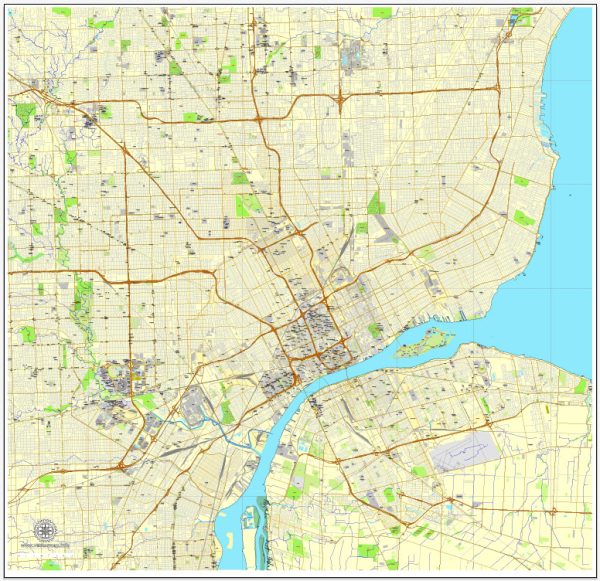
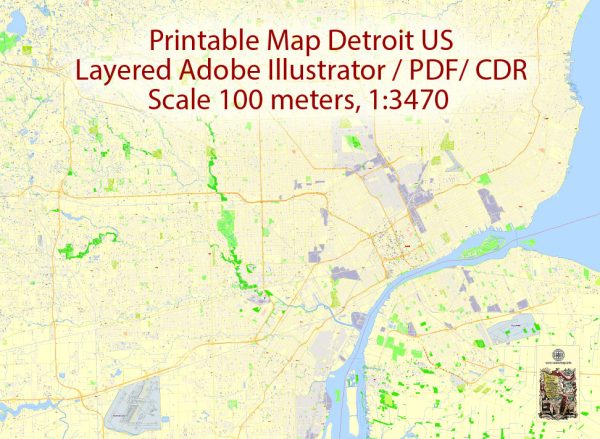
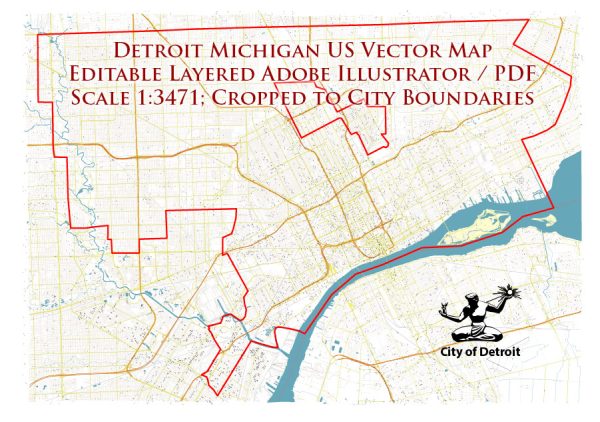
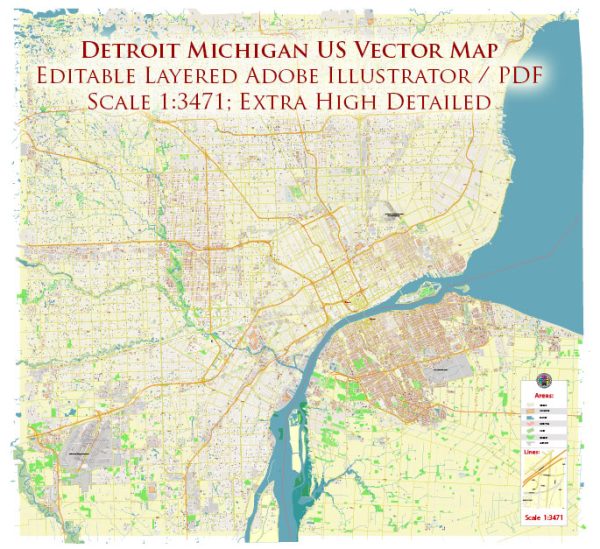
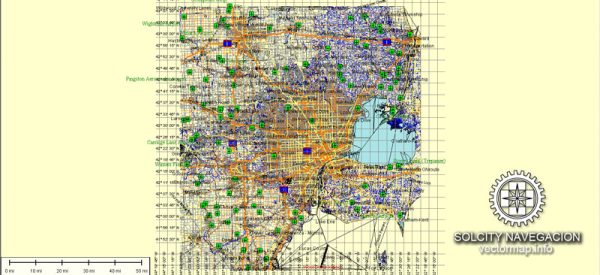
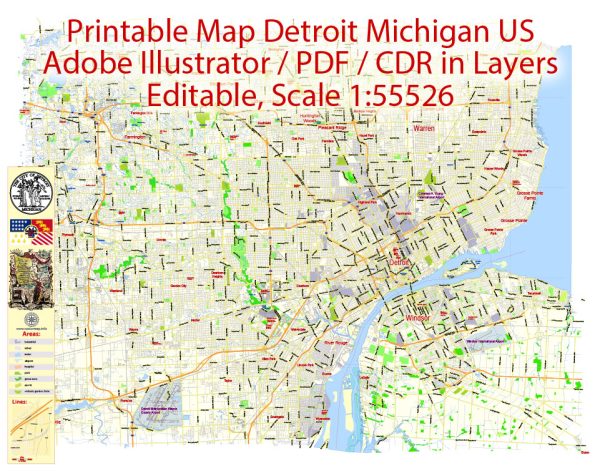
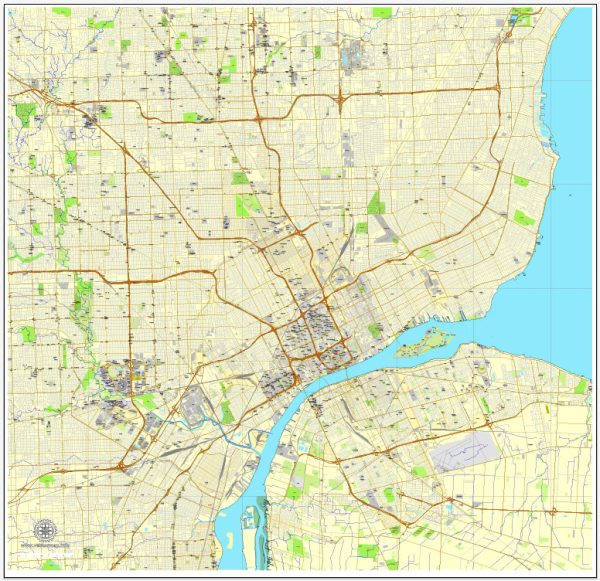
 Author: Kirill Shrayber, Ph.D.
Author: Kirill Shrayber, Ph.D.